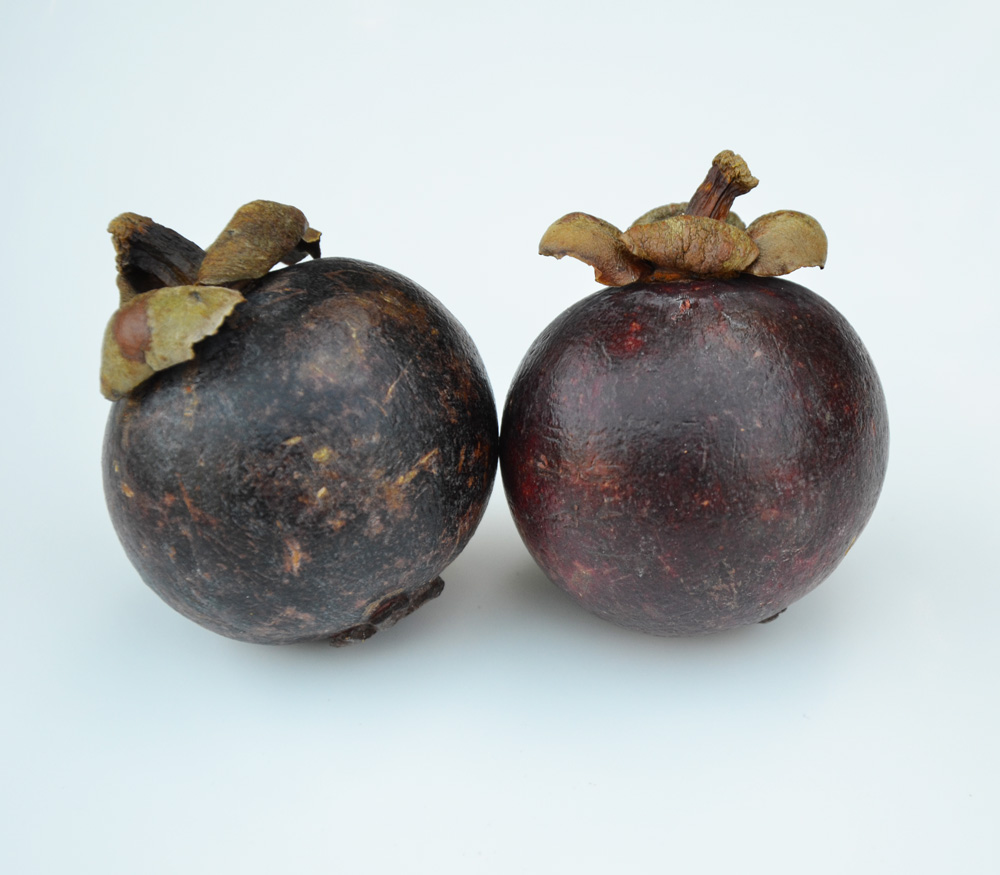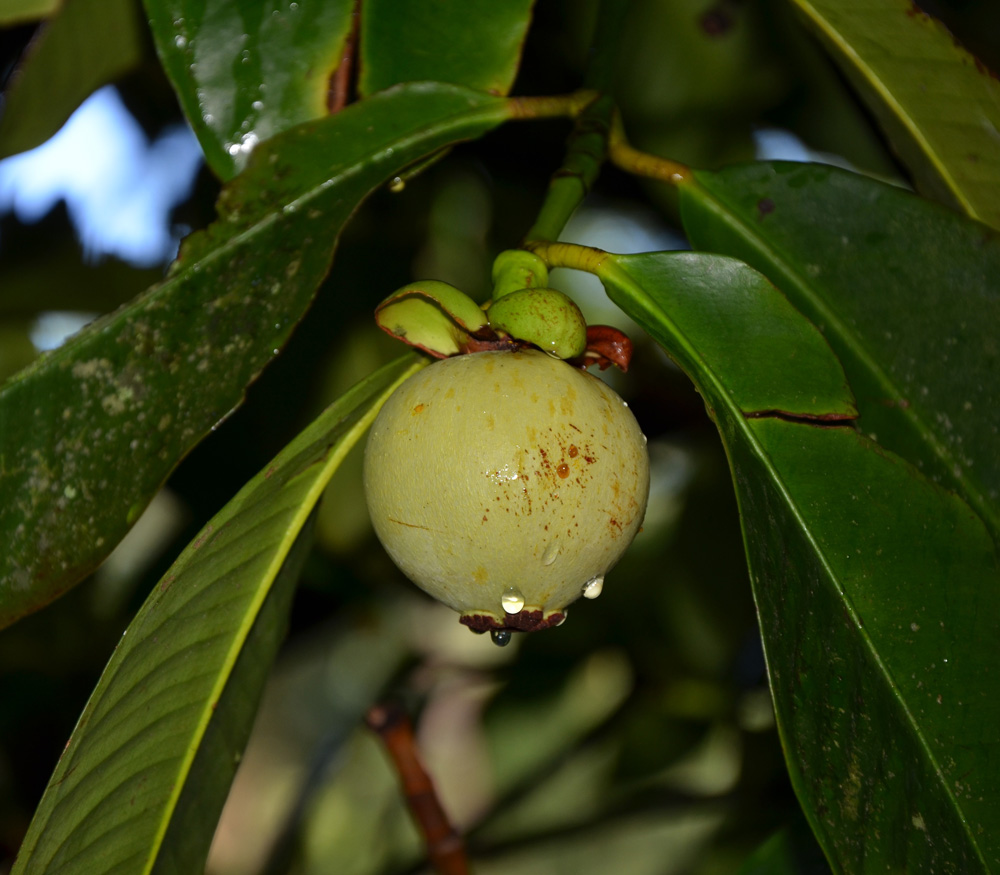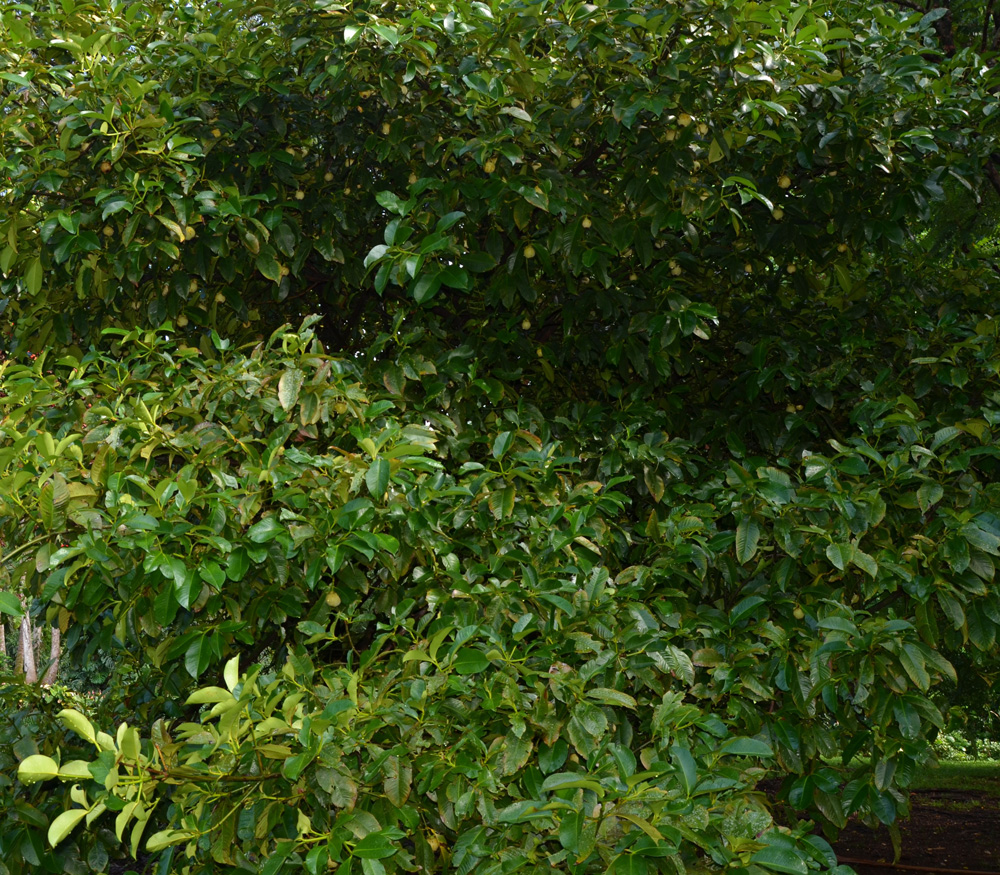- Home »
- Information »
- Mangosteen
Mangosteen
Garcinia mangostana
Purported by many who have had the luxury of tasting it as being the best tasting fruit in the world. While possibly a bit extreme, the mangosteen is instantly liked by many who eat it. The soft flesh, resembling a bright white tangerine, has a deep grape-strawberry like flavor that melts in the mouth. Unfortunately, its high popularity, extreme growing conditions, and restrictions on importation to the United States, find the fresh fruit nonexistent outside the tropics.
Seed Availability
Seeds have limited viability and cannot be dried or stored for very long. We usually have fresh seeds available occasionally, on and off from May-September. A link to a store order page will appear here if seeds are available.
Seed Availability
Seeds have limited viability and cannot be dried or stored for very long. We usually have fresh seeds available occasionally, on and off from May-September. A link to a store order page will appear here if seeds are available.
Description
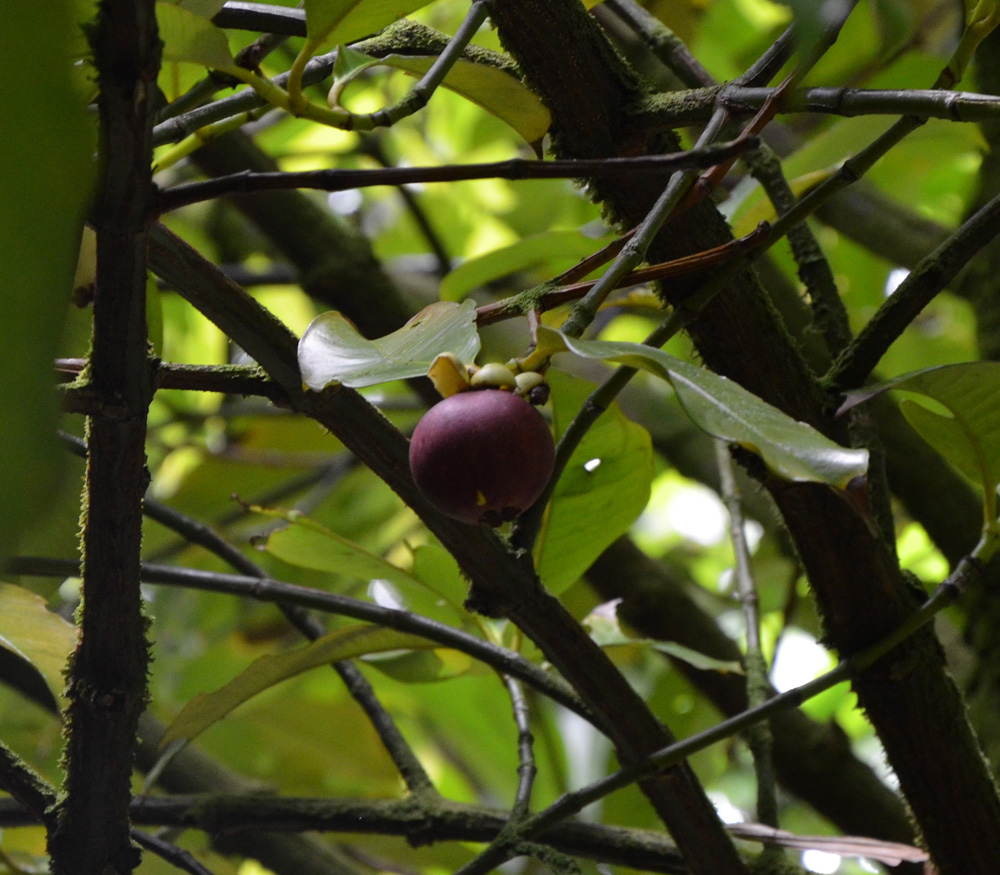 Small tree to 5m/15ft. Flowering and fruiting usually occurs in summer or after periods of heavy rainfall. Mature trees may bear anywhere from 100-3000 fruits.
Small tree to 5m/15ft. Flowering and fruiting usually occurs in summer or after periods of heavy rainfall. Mature trees may bear anywhere from 100-3000 fruits.
Hardiness
Slow-growing and highly tropical, the mangosteen will not survive for long periods of time anywhere in the continental United States except extreme South Florida, unless under unusual conditions. Mature trees are killed below 40F and above 100F, seedlings are killed at 45F.
Growing Environment
Trees are highly sensitive to soil and alkalinity. Trees often do poorly in Florida not because of climate but because of salt spray, sandy soil, and high salt in the soil. Prefers humid conditions with over 100" of rain per year. Mangosteens can be planted near streams, ponds, or other bodies of water where portions of their root systems remain moist year-round. Heavy mulching is recommended in drier areas to retain soil moisture.
Propagation
Seeds have extremely short viability, only 1-5 days, and must be planted immediately upon removal from the fruit. Germination takes place in 2-3 weeks. Seedlings soon develop a long tap root which is vital to the survival of the tree so great care should be taken when transplanting. Other forms of propagation are usually unsuccessful. Fruiting takes from 6-12 years from seed.
Uses
The fruits are almost always eaten fresh as they are delicious without any alteration. Fresh mangosteen is canned but the flavor is considerably poorer to that of the fresh fruit.
Native Range
Native to the Malay peninsula. Cultivated in Malaysia, Thailand, Indonesia and the Philippines. Has quickly spread across the tropics and is now cultivated in Hawaii and the Americas.
Additional Pictures
Related Species
| Clusiaceae | |||
 |
Clusia lanceolata Balsam Apple |
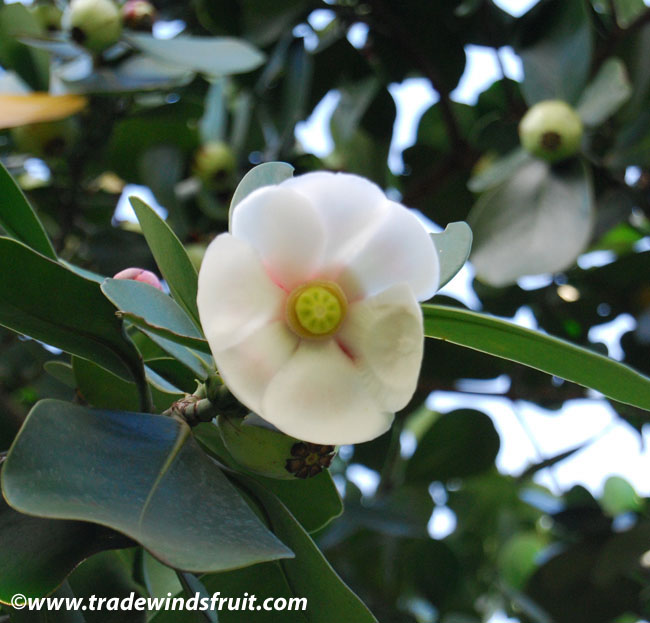 |
Clusia rosea Autograph Tree |
 |
Garcinia acuminata Sour Bacuri |
 |
Garcinia cochinchinensis False Mangosteen |
 |
Garcinia gardneriana Bacupari |
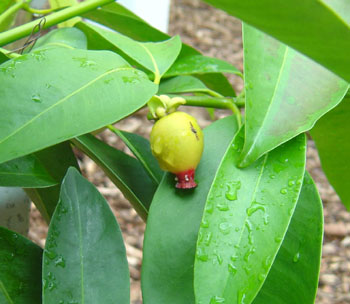 |
Garcinia hombroniana Seashore Mangosteen |
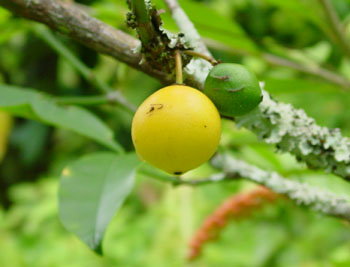 |
Garcinia intermedia Lemon Drop Mangosteen |
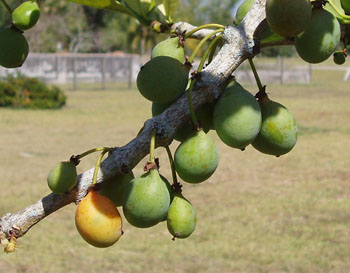 |
Garcinia livingstonei Imbe |
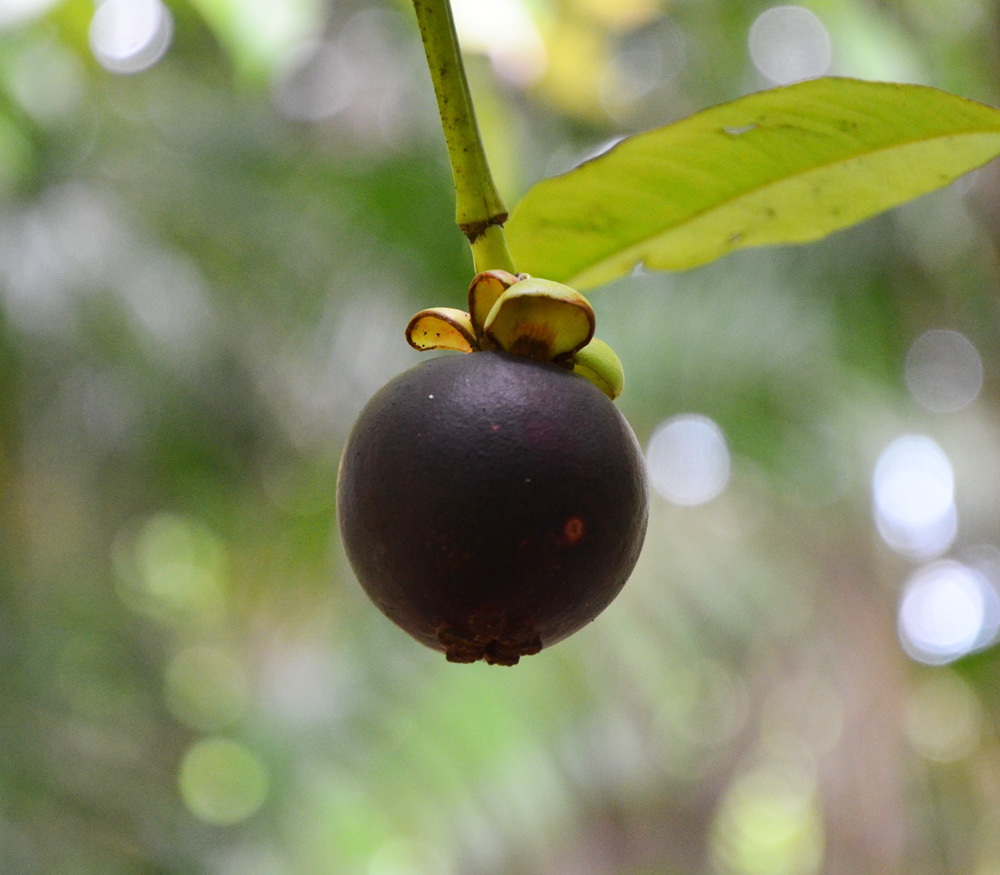 |
Garcinia mangostana Mangosteen |
 |
Garcinia nervosa Mountain Garcinia |
 |
Garcinia parvifolia Brunei Cherry |
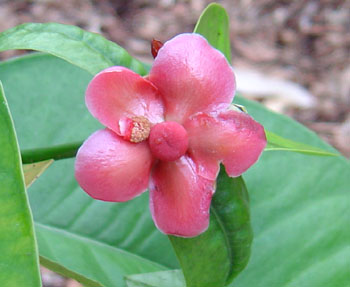 |
Garcinia praniana Button Mangosteen |
 |
Garcinia spicata Garcinia spicata |
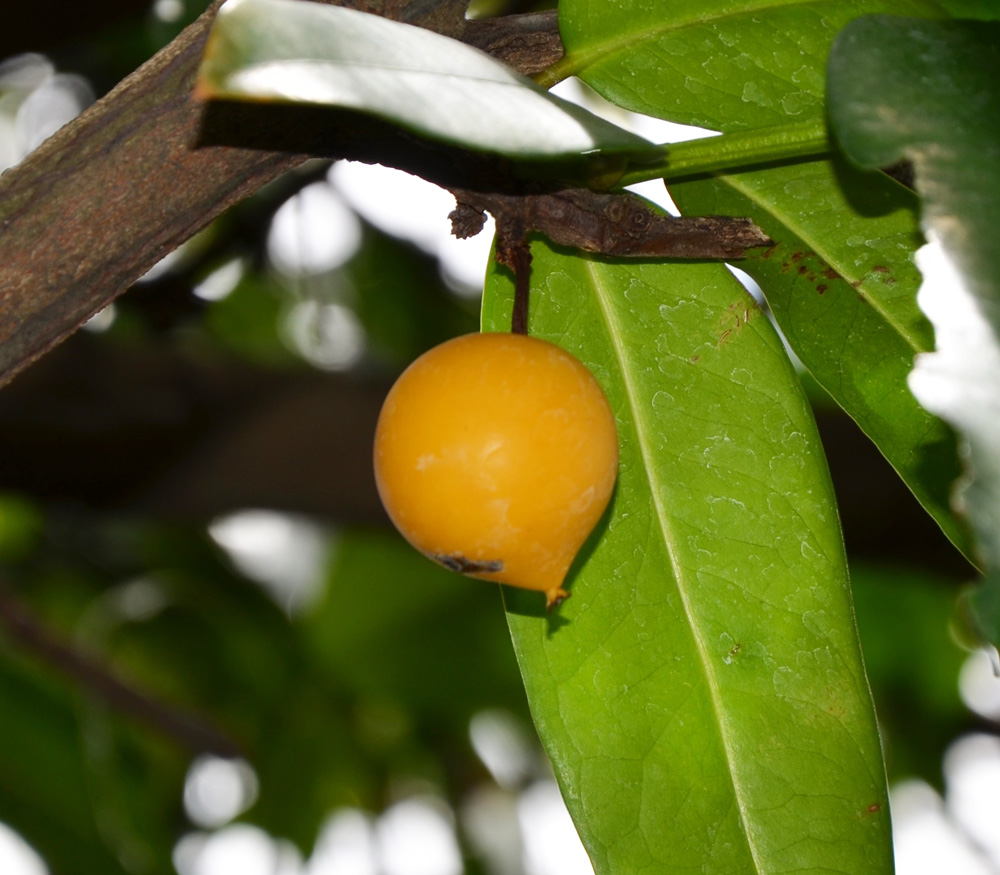 |
Garcinia xanthochymus Gamboge |
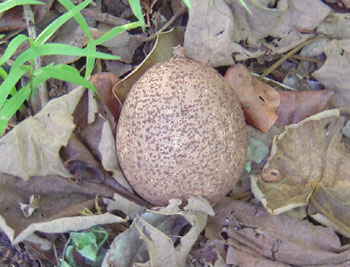 |
Mammea americana Mamey Apple |
 |
Platonia insignis Bacuri |
 |
Rheedia macrophylla Charichuela |
 |
Rheedia madruno Madrono |

